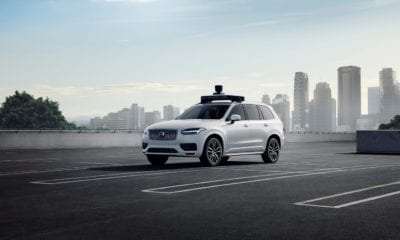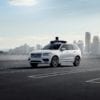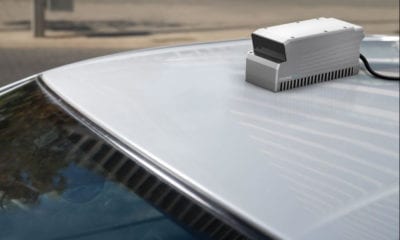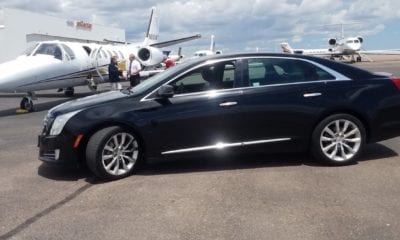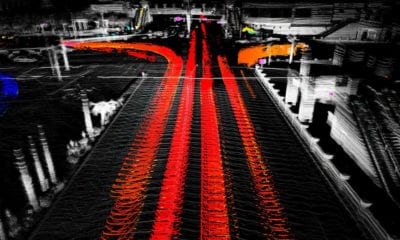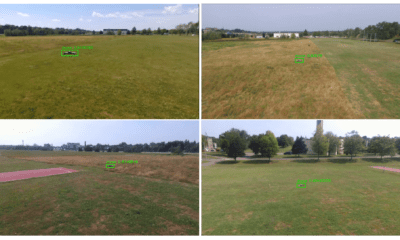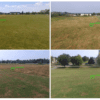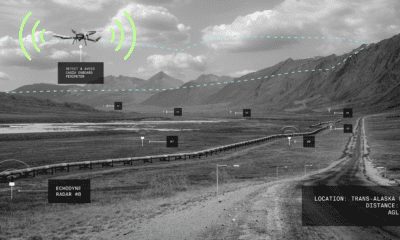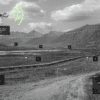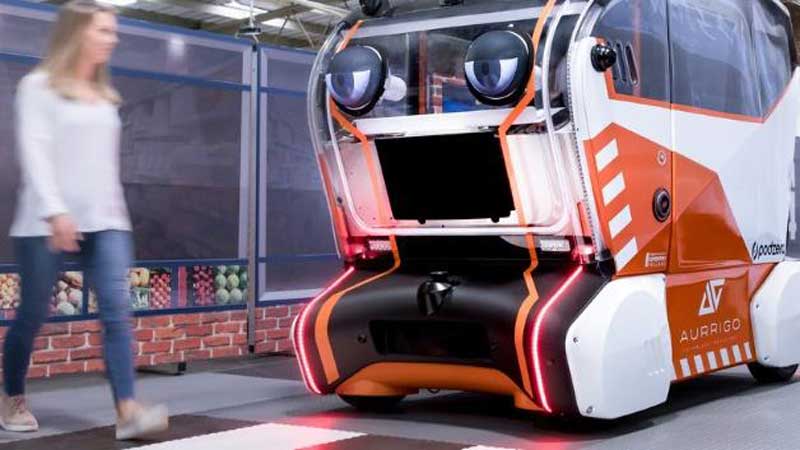
Autonomous
Jaguar Creates Confidence in Self-Driving Cars With Virtual Eyes
Creating confidence in autonomous vehicles with virtual eyes: This is the goal pursued by a new research project by Jaguar Land Rover.
Studies have found that 63% of pedestrians worry about whether they can safely cross the roads in the future, as self-driving cars increasingly part of our everyday reality.
The idea is that by augmenting self-driving cars with features that look and behave like eyes, people will change their attitude to autonomous vehicles.
By doing this they hope to explore if and how people’s confidence in self-driving cars can be strengthened. Cognitive psychologists wil provide valuable insight into how the behavior of vehicles affects the degree of human confidence in the new technique.
The virtual eyes will give the impression that the self-propelled cars have friendly face, as if making eye contact with pedestrians.
Pedestrians commonly make eye contact with the driver of an approaching car before they enter the street – it’s not jsut about etiquette, it is also about acknowledging the presence of another human being.
Virtual eyes on the other hand, while not able to actually ‘see’ the human nearby (that is done by LiDAR), are an example of just how much information autonomous vehicles of the not-so-distant future need to share with their users and with pedestrians.
As part of a research project, the intelligent vehicles will move autonomously within a scene modeled after the street scene of Coventry, so that the behavior of pedestrians crossing the street can be realistically analyzed.
Development engineers in the Future Mobility department of Jaguar Land Rover have developed the virtual eyes, and with them, the vehicles recognize the pedestrian and then look at him directly. This signals to the pedestrian that he has been registered by the vehicle and the technology reacts accordingly.
Measuring the confidence level before and after the pod has made eye contact, the engineers are able to gauge whether the vehicle has built up enough confidence for the pedestrian to believe in the safety of autonomous vehicles.

